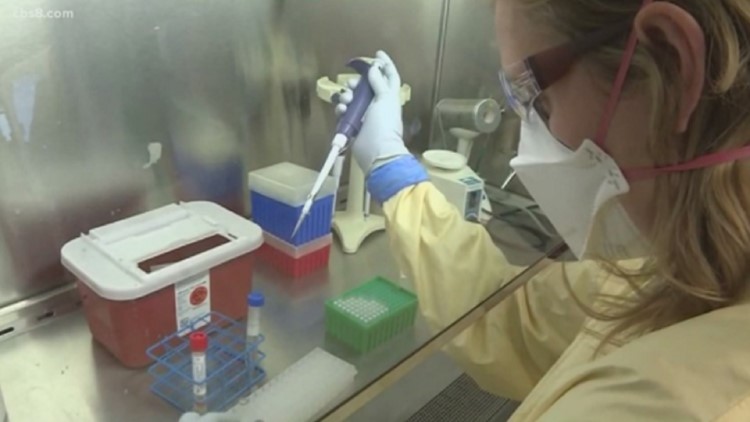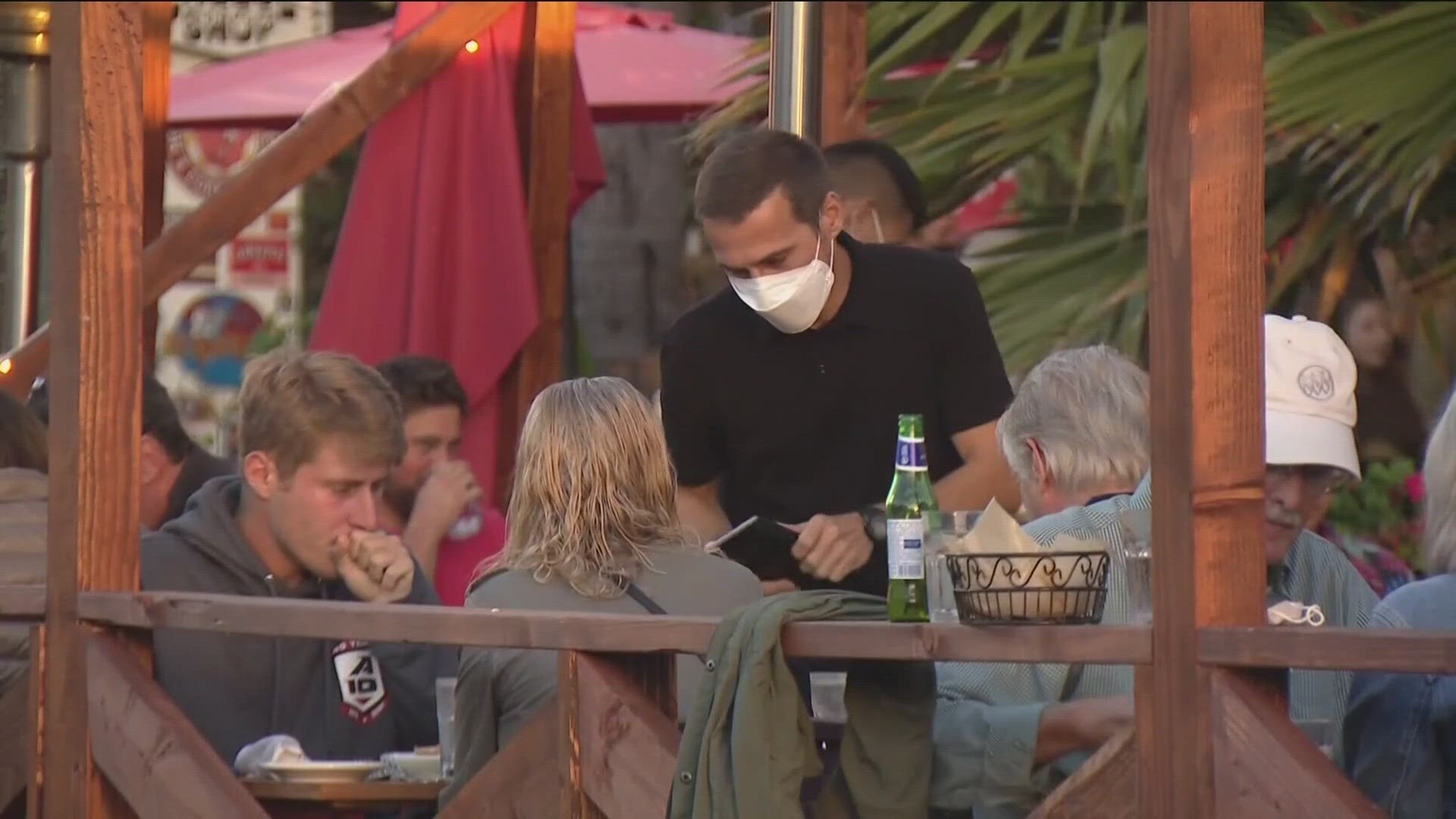SAN DIEGO COUNTY, Calif. — Researchers at UC San Diego Health connect blood clots to an increased risk of death from COVID-19. In a new study published Nov. 20, 2020 in the journal "EClinical Medicine by The Lancet," researchers from UC San Diego Health found that blood clots led to an increased risk of death by 74%.
Led by Mahmoud Malas, MD, division chief of Vascular and Endovascular Surgery at UC San Diego Health, researchers reviewed 42 different studies involving more than 8,000 patients diagnosed with COVID-19 with thromboembolism, blood clots — and compared them to patients without these conditions to determine what effect blood clots may have on risk of death.
“We began to notice a really unusual manifestation of venous and arterial thromboembolism in patients with COVID-19,” said Malas. “In addition to higher instances of blood clots, the mortality for patients hospitalized for COVID-19 and with thromboembolism was much higher, compared to patients without clots. It’s unusual because we have never seen anything like this with other respiratory infections.”
Overall, 20% of the COVID-19 patients were found to have blood clots in the veins, and among patients in the intensive care unit, that statistic increased to 31%.
According to the study, blood clots in the vein, or deep vein thrombosis, can reach the lungs and develop into pulmonary embolism, resulting in higher risk of death. Blood clots in the arteries may lead to limb amputation if not treated surgically in a timely fashion.
In the study, Malas and colleagues performed a systemic review through meta-analysis, which is a statistical method that allowed researchers to combine multiple studies to produce a single comprehensive paper.
“While the frequency of these events is much higher than expected, our study likely underestimates the incidence of thromboembolism in the global population of patients with COVID-19, including non-hospitalized patients,” said Bryan Clary, MD, surgeon-in-chief at UC San Diego Health and co-author of the study.
According to Malas, arterial blood clots developing in people with the flu is extremely rare, and the rate of clotting in patients with COVID-19 is higher than what is reported for other viral pandemics, including the H1N1 influenza of 2009.
According to the study, similar symptoms are shared between influenza and SARS-CoV-2, such as fever, cough, shortness of breath, or fatigue. Blood clotting can occur in patients hospitalized with the flu, but only in veins. For patients with COVID-19, blood clots can appear in either veins or arteries.
“What we can learn from this paper is due diligence,” said Malas. “We’re still in the process of understanding the pathophysiology of COVID-19, so it’s important to have a low index of suspicion when it comes to this infection to ensure we’re doing all we can to mitigate the spread and prevent severe outcomes.”



